The war changes every four months The fighter with the callsign “Kiber” is a pilot of the ACS-3 UAV. This…
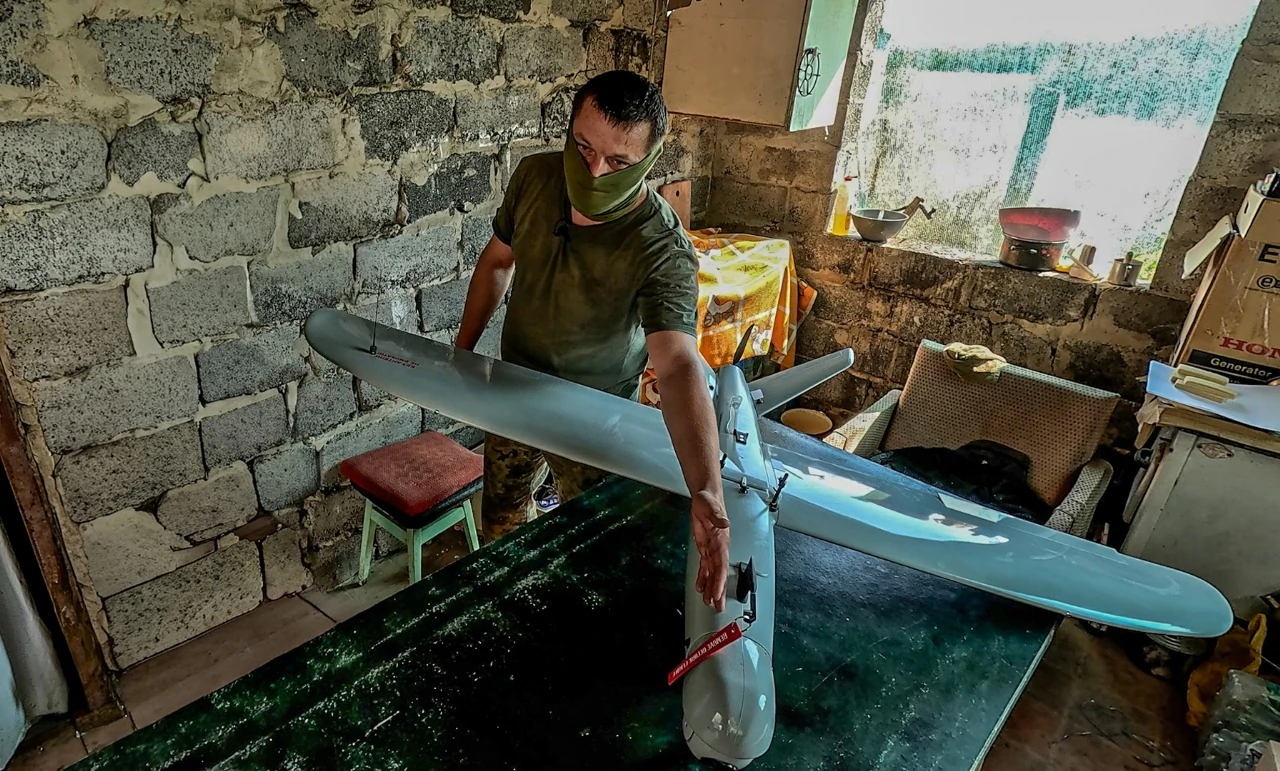
Strike-UAV company fighters of the 151st Separate Reconnaissance Battalion talk about the specifics of modern air warfare.
The war changes every four months
The fighter with the callsign “Kiber” is a pilot of the ACS-3 UAV. This machine can fly up to 16 hours.
— The whole system is called the ACS-3; it’s our Ukrainian development. Among its advantages — it’s very durable. It allows us to successfully compete in the air with our enemy, because the adversary has a quite well-developed unmanned direction. Moreover, their logistics (the enemy’s — ed.) are continuous. We keep shooting them down, and the next day they fly again. On the plus side — they (the enemy’s drones — ed.) are not very resilient. Our aviation complex can remain in the air for up to 16 hours. The range declared by the manufacturer is 120 kilometres, but that’s in greenhouse conditions, when the system was tested a year or two ago. Now it’s a different war; it dictates new requirements.
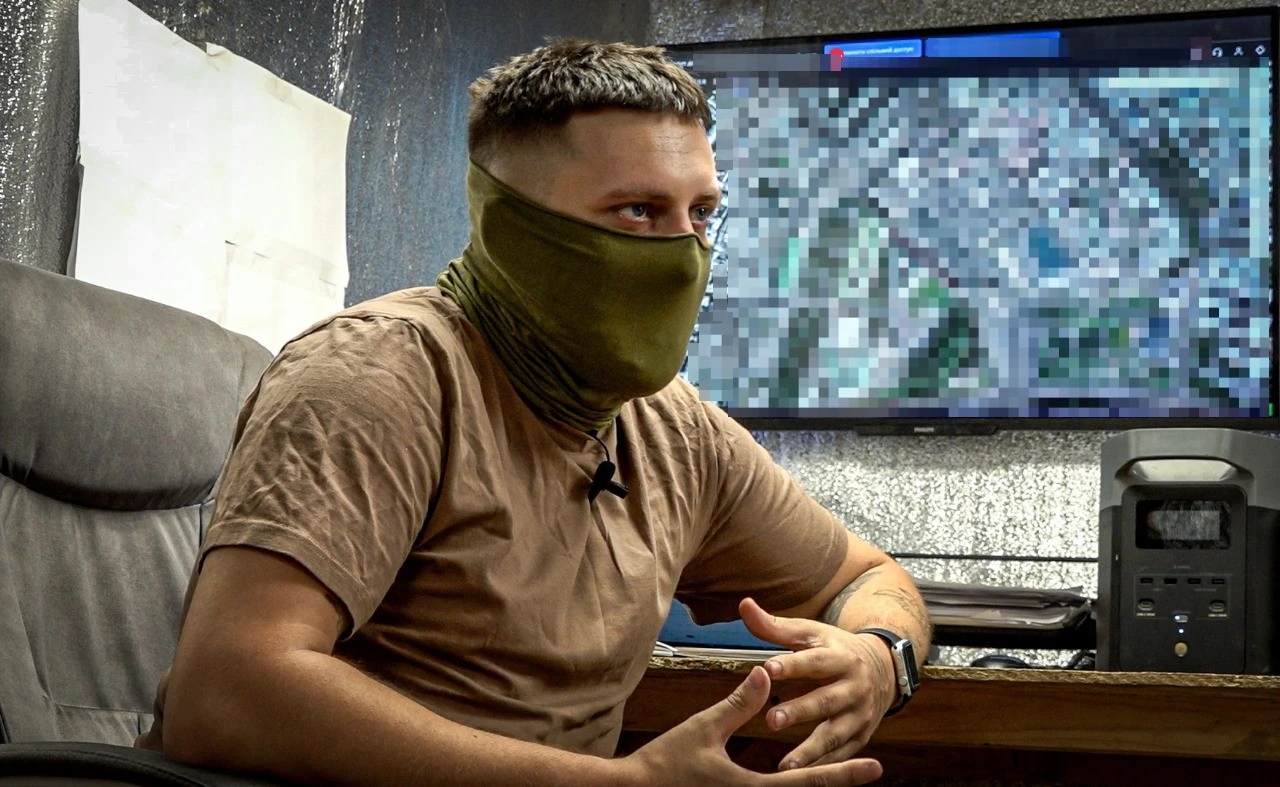
In “Kiber’s” opinion, UAV manufacturers do not always keep up with the rapid changes in the conditions of war.
— Some manufacturers who enter this market and sell UAVs to the Armed Forces of Ukraine, especially if these are serious, expensive systems, think that their solution will work for a long time. But the model of war changes every four months. And the war now is not the war that was 4–6 months ago. And the war that was 4–6 months ago is not the war that was 15 years ago. These are completely different models. The schemes that worked a year ago are now simply suicidal. For example, at the beginning of the large-scale invasion there was an effective tactic where we would drive up to enemy positions in pickups, could shoot them from the pickups and drive off in the same vehicles. Purely by the effect of surprise it worked well. Now, already at distances of 8–10 kilometres from the line of contact a so-called kill zone begins, where it’s better not to drive pickups. Our kill zone is constantly expanding; we are mastering mining methods so that the enemy cannot move freely in the 10–15 kilometre zone. The enemy does the same. Even now the route from Izium southwards, toward Sloviansk and Kramatorsk, is already being shelled by the enemy, although it is about 40 kilometres or more from the frontline, but it is already under attacks by enemy UAVs. From our side there are also examples when we strike enemy targets in the rear, somewhere 40 kilometres from our positions. I believe that this long-range direction is greatly underestimated. Changes are happening with frequencies too. The frequencies that were relevant four months ago are no longer relevant, because the enemy now suppresses our systems with their EW. We need, at minimum, to constantly adapt just like the enemy does, and preferably to be one step ahead.
“Kiber” himself is a second-generation scout.
— I’ve been in the army since the start of the full-scale invasion. At first I participated in the defense of Kyiv, together with my father and a group of veterans — we had served in the same brigade since the ATO. My father gave me very good training; he went through Pisky, Ilovaisk, the Donetsk airport. He was a reconnaissance soldier, so it turns out I’m already a second-generation reconnaissance soldier. Unfortunately, my father was killed while carrying out a combat mission near the village of Verbove in ’23 during the counteroffensive. Now I continue our family business. My brother also fights. I’ve gone through the full path myself: from ‘Maviks’ up to large-wing systems. We struck the enemy’s logistics routes, had a number of interesting hits: rare samples of equipment, enemy logistical arteries that are not repairable. If on ‘Maviks’ you can send one or two people on a mission, on more serious complexes you already need a team. Usually that’s up to ten people, depending on the complexity of the system. And for long flights over a hundred kilometres there must be regular rotation of focus. After two hours of work the eye gets tired, all the sensors get fatigued, and you cannot work productively, so people must be changed.
Half a thousand flight hours
The fighter “Hrim” flies the UAV “Leleka-100”:
— I’ve been in the Armed Forces since the end of ’24. I completed BGMT, got into this unit, trained to operate the ‘Leleka’. In a year I already have over 500 flight hours and have carried out over 170 sorties. My main task is reconnaissance. We look for personnel locations, movement of equipment, and correct fire. Among the targets were river crossings, hangars with equipment, shelters with personnel. We work both day and night. We do not only conduct reconnaissance but also confirm target destructions. We filmed how an adjacent unit struck an enemy dugout and passed that information to them. In civilian life I was a distributor; I supplied vegetables and fruits to Kyiv, Dnipro and Kharkiv.
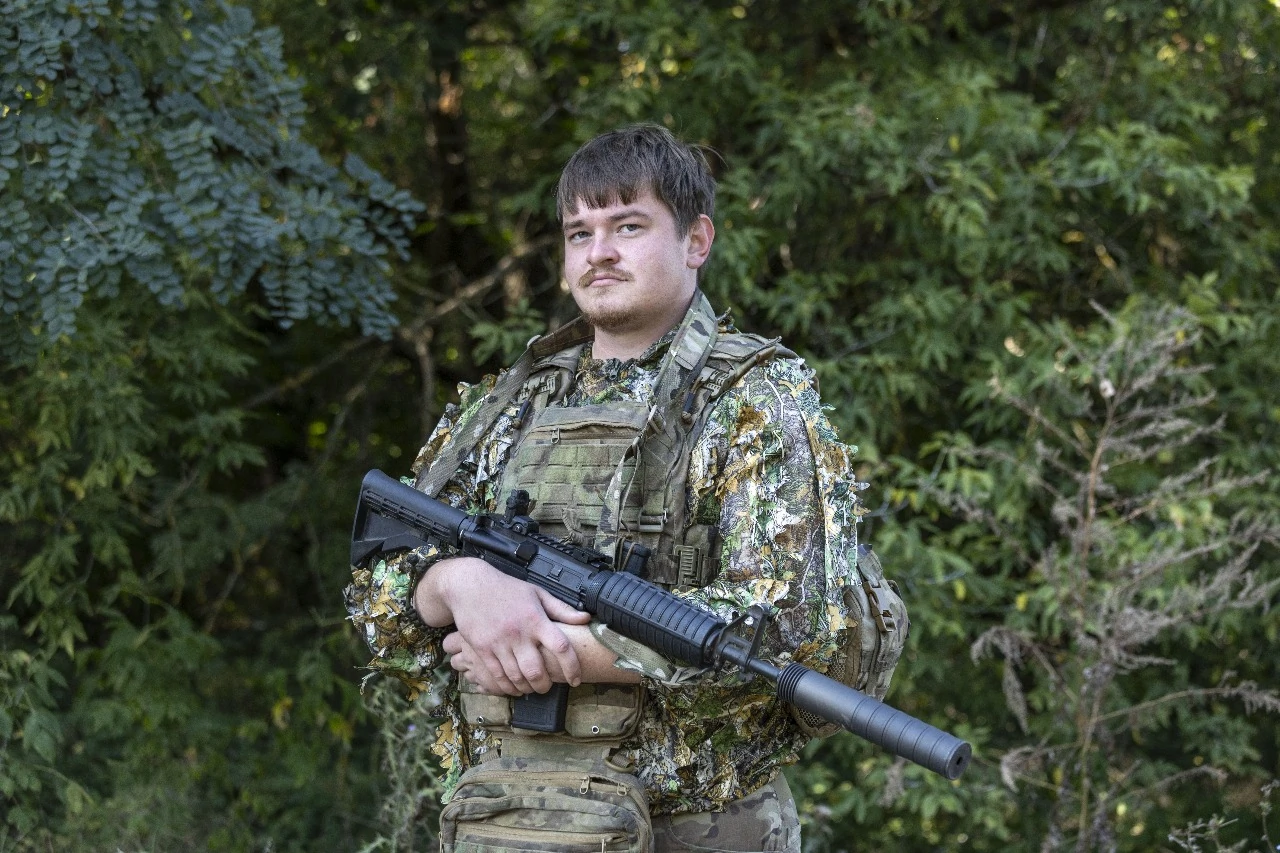
From a volunteer battalion to pilots
The fighter with the callsign “Hirya” flies a Mavic and already has about 20 enemy hits to his name.
— In 2022, after the start of the large-scale invasion, I joined the ranks of a volunteer battalion, and then transferred to the Armed Forces, signing a contract. That was in 2024. By that time the FPV-drone, bomber and ‘Mavic’ topic was already developing actively. I immediately joined the strike-UAV company of our battalion. I spent a month training at a training center where I mastered one of the unmanned systems. Then I began to go on combat missions. So part of the knowledge I got at the training center, and then you gain experience on combat deployments. The crew I work in conducts reconnaissance and adjustment. Additionally, we carry out fire strikes and drops from various drones. Our tasks differ from those everyone sees on video. We simply shepherd groups, and when needed perform humanitarian missions. If it’s necessary to deliver batteries to radios, food or something else to the guys, we do it. And when needed, we detect the enemy and carry out his fire destruction. My favourite drone is the Mavic 3T. In my opinion it’s the best, especially in winter. The thermal imager sees the enemy very well, against whom we work with drops. I have a few enemy hits on my account. How many? About twenty. On the Kupiansk direction the situation has been quite tense for the last several months. Enemy sabotage-reconnaissance groups enter the town and that’s what we work on. The enemy acts in small groups, often uses anti-thermal cloaks. Because of that they are not easy to detect and strike. But we work. Our rotations used to be five days sometimes, and sometimes 20. It all depends on the situation at the front. When possible, we get rotated out.
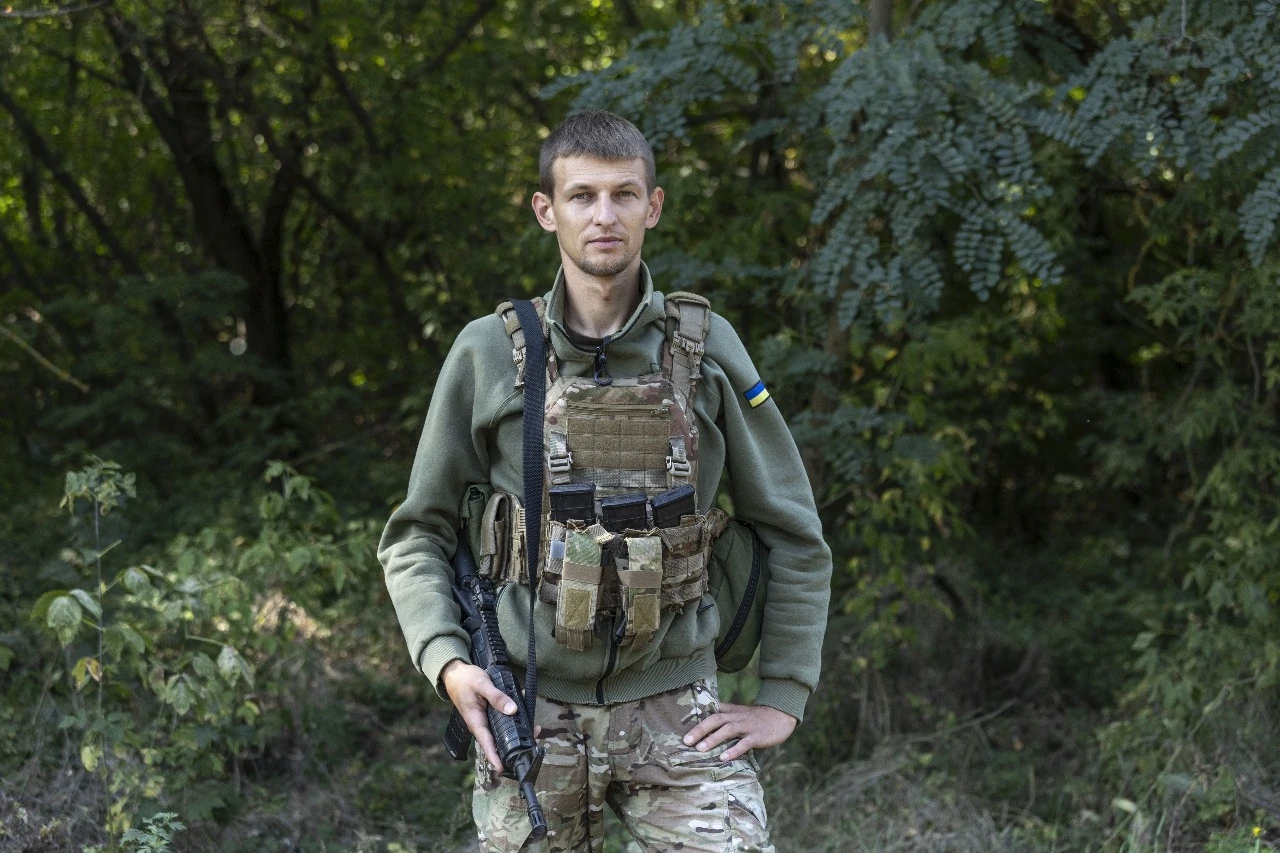
At first flew, now repairs
The fighter with the callsign “Zmiy” serves as a master of unmanned aviation systems.
— I joined the Armed Forces in 2024. I completed BGMT, then further training in Britain, and I ended up in the 151st reconnaissance battalion, where I was immediately assigned to work with FPV drones. For that I completed another course, after which we immediately began to go on combat missions. That is, I am not only a technician but also a pilot. When I returned from the training center, within two weeks our crew was formed and we were already going on combat missions. In total there should be four people in the crew: two pilots, a sapper who handles the combat part, and a mechanic. It’s important that everyone in the crew works at the same level and understands each other. Then there won’t be quarrels. Our crew is cohesive. We go out on combat patrols, we work on the enemy. The longest deployment was two weeks. Here, on the Kupiansk direction, the situation is quite tense. Sometimes enemy assault troops jump into apartment blocks where civilians may still remain. This complicates work a little. Because someone is walking down the street and it’s unclear whether they are our civilian or a Russian assault fighter. And the enemy keeps coming in, keeps coming in. Mostly on foot. There are very few movements by motorcycle or other vehicles because the river is an obstacle. So they either sail in boats or swim across. Well, we meet them. In one day we sometimes carried out 20 combat sorties. And there are days with only five.
@armyinformcomua
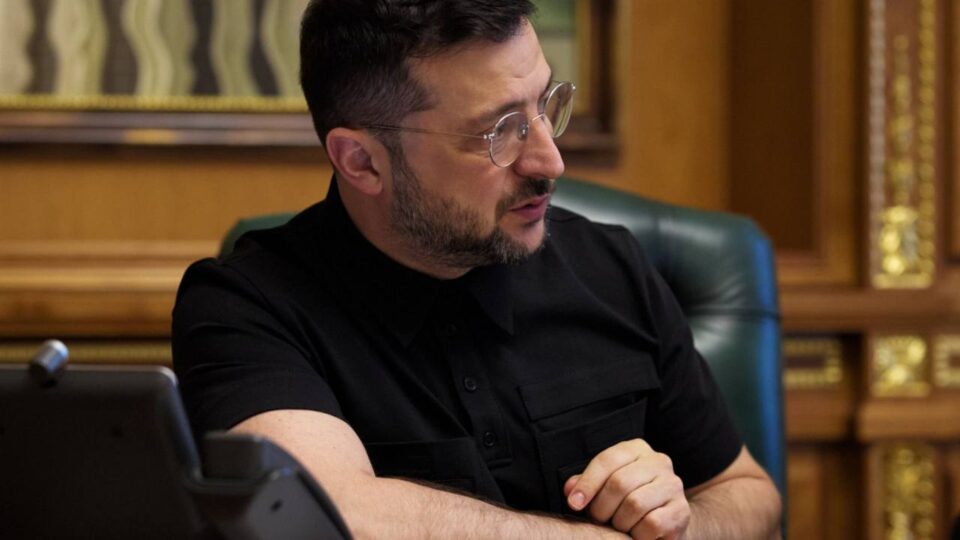
President of Ukraine Volodymyr Zelenskyy held a phone conversation with Prime Minister of Canada Mark Carney.
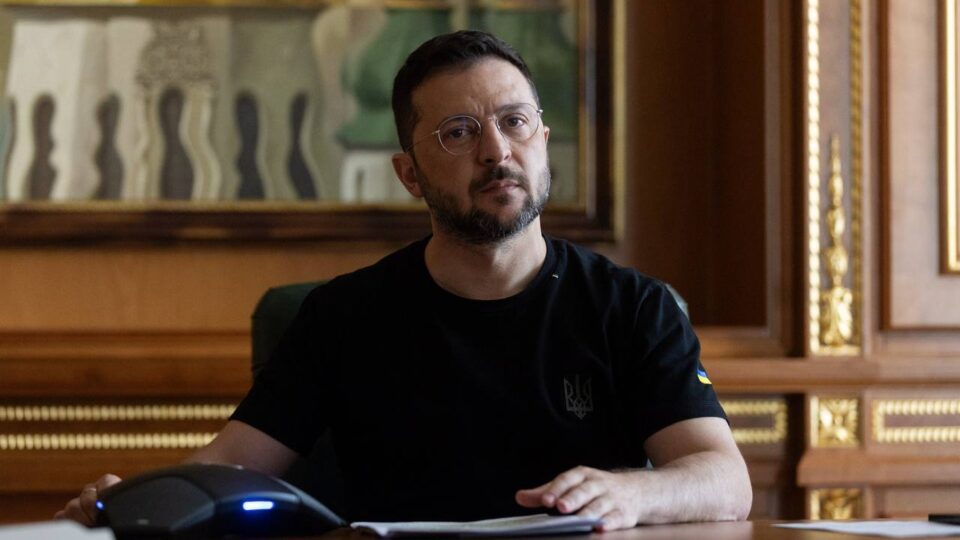
President of Ukraine Volodymyr Zelenskyy announced diplomatic achievements in the development and implementation of anti-Russian sanctions.
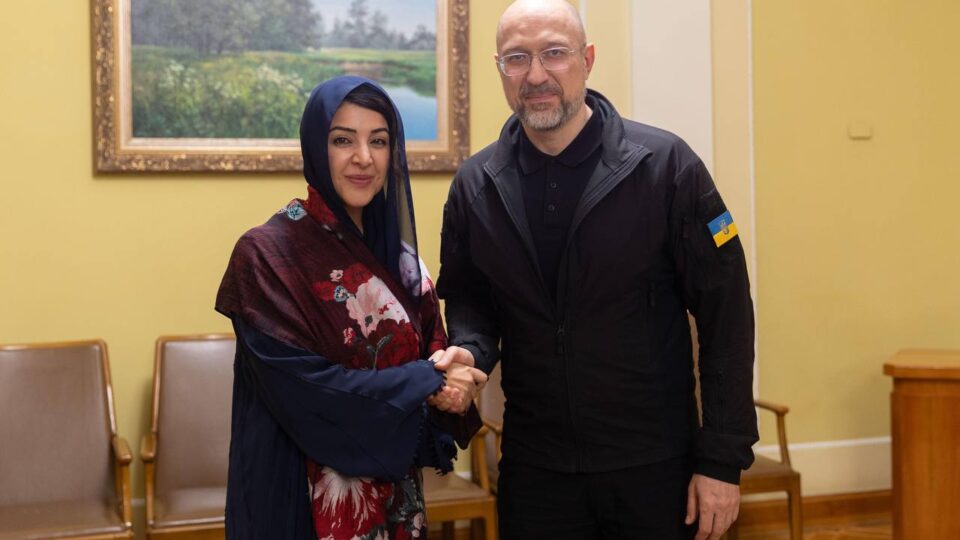
Minister of Defense of Ukraine Denys Shmyhal met in Kyiv with Her Excellency Reem Ebrahim Al Hashimy, Minister of State for International Cooperation of the United Arab Emirates.
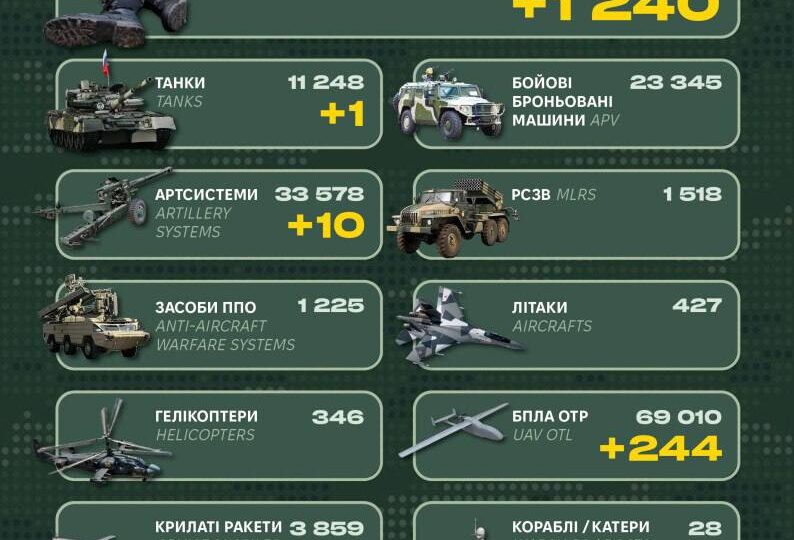
Over the past 24 hours, Russian occupation forces lost 1,240 personnel and 345 units of various equipment.
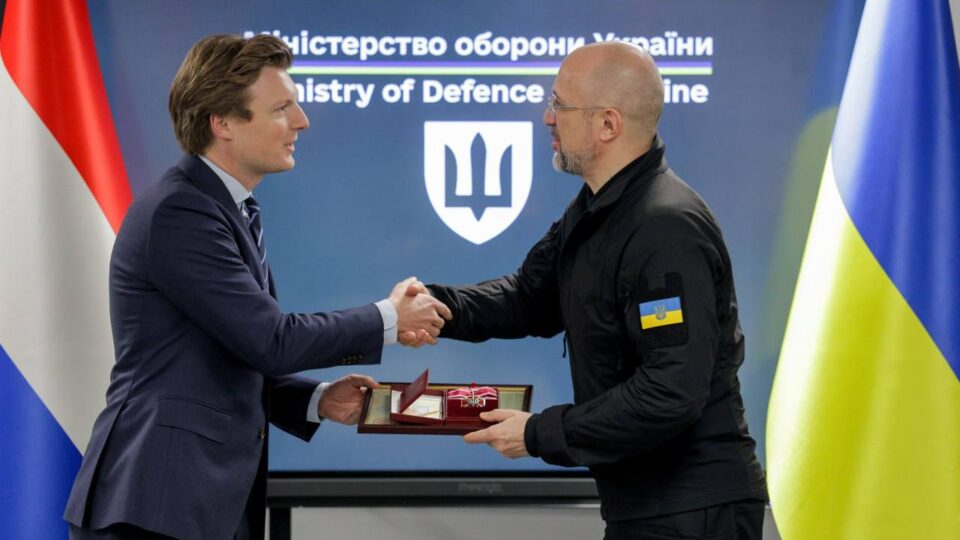
Minister of Defence of Ukraine Denys Shmyhal met with Minister of Defence of the Netherlands Ruben Brekelmans to discuss the launch of joint production of deep-strike UAVs.
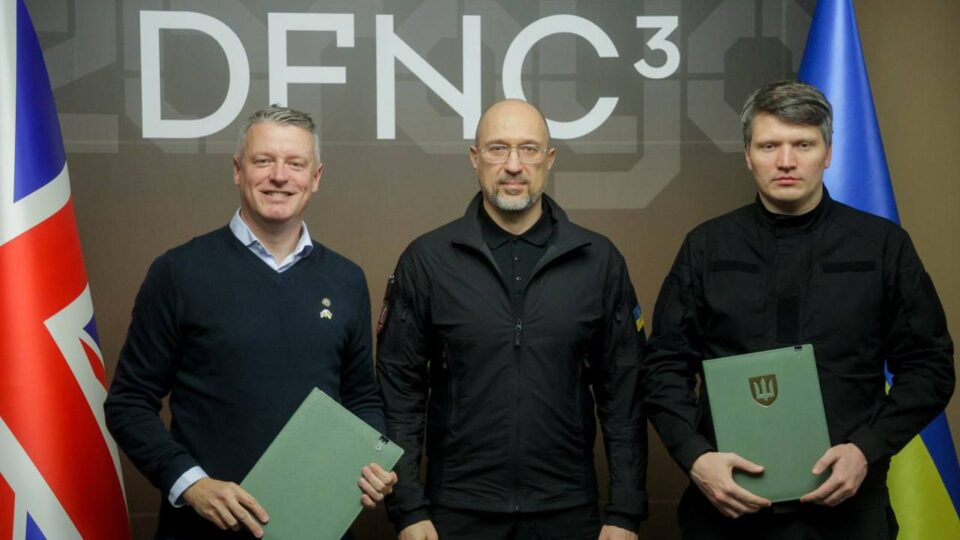
On the sidelines of the International Defense Industries Forum DFNC3, a statement of intent was signed between the UK Secretary of State for Defence and the Ministry of Defence of Ukraine regarding the LYRA program — a partnership in the field of battlefield technologies.
The war changes every four months The fighter with the callsign “Kiber” is a pilot of the ACS-3 UAV. This…